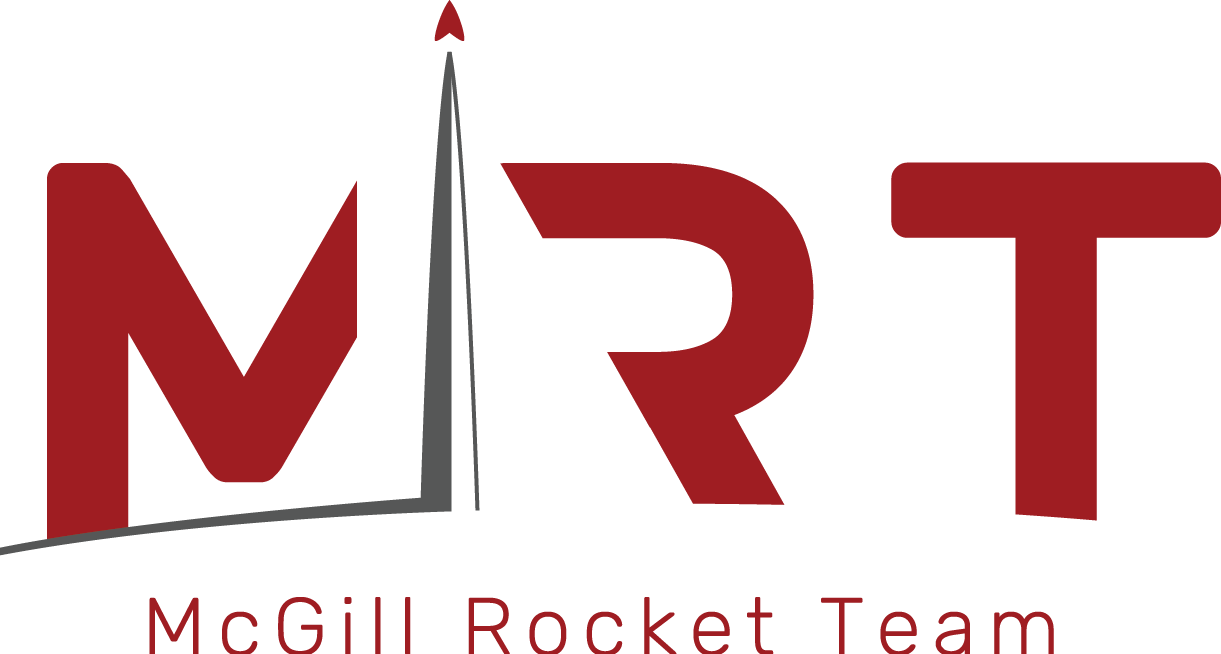
Recovery Project List
RC1: High-Altitude Balloon (HAB)
Description
The High Altitude Balloon (HAB) project is an exciting initiative at MRT where we launch sophisticated payload systems via balloon to the edge of space to provide a high-altitude test environment for various equipment such as parachutes and flight termination systems. Last year we launched 2 HABs and achieved a 100% recovery rate. The recovered data included atmospheric pressure, temperature, and descent rates, as well as visual observations of component performance that are essential to validate our research.
By joining the HAB project, you'll have the opportunity to design, build, and launch high-altitude balloons, participating in the full range of project activities from initial design to final launch and recovery. Whether you're interested in structural design or electronics, this project has something for everyone. It's an ideal high-level (literally) opportunity for those with previous experience to apply their knowledge, and it's also perfect for ambitious new members who want to learn about different subsystems along the way.
Join the HAB team as part of a multidisciplinary project that pushes the boundaries of innovation!
RC2: Ejection
Description
Ejection is the parachute deployment process separating the rocket body from the nose cone and is conventionally accomplished through the combustion of black powder. However, as we strive towards launching higher altitude rockets, an alternative to traditional black powder ejection is needed. This alternative ejection system will be more suitable since it does not rely purely on combustion for pressurization like a black powder system. Over the past year, many options were considered and evaluated until the decision to go with a gas (pneumatic) pressurization system was made.
The system consists of having a gas reservoir connected to 2 valves, which actuate once the rocket reaches apogee. The gas flows inside the ejection chamber, increasing the pressure until the shear pins holding the rocket together break. Thus, the rocket separates and the parachutes deploy.
As part of the ejection project, you will be involved in system design, in contributing to the critical functional decisions and small-scale and fully integrated tests. You will be part of the full experience, from building on last year’s progress to designing and testing the first student researched and developed pneumatic ejection system in the history of the team and, to our knowledge, in Canada. The novel system is critical to the successful recovery of the future rocket, and hence the achievement of the entire team.
RC3: Parachutes and Harness
Description
Once the Ancalagon rocket is launched and reaches its highest point, or apogee, the parachutes and harness system will play a key role in ensuring the rocket’s spectacular and successful landing. Our mission is to use the atmosphere as our brake to gradually slow down the rocket before it lands. In this project, you will have the opportunity to help develop, manufacture, and test this essential system!
This year, the rocket will be equipped with two types of parachutes: a pilot chute and a main parachute. The pilot chute will deploy first at apogee, to start the descent sequence and guide the main parachute out of its bag.. The main parachute will be a reefing parachute. This is a parachute that starts off partially closed to slow the rocket’s fall gradually, then opens fully to slow it down even more ensuring a smooth and controlled descent.
In addition to the parachutes, we also build the harness system for the rocket. This harness is vital for connecting all components and supporting the parachutes during separation, deployment and descent. This system must be robust enough to withstand the forces involved and ensure everything remains secure and functions correctly throughout the recovery process.
Get hands-on experience with parachute science and design, material testing, and more while learning valuable skills in aerospace engineering and project management. Whether you’re studying engineering, sciences, or any other field, if you’re interested in learning how to sew, conduct tests, and be part of an exciting aerospace initiative, this is the perfect project for you! We welcome individuals from all backgrounds—no prior experience is necessary, just a willingness to learn and contribute.
RC4: Blast Chamber
Description
The ejection of the nose cone is vital to the recovery process. A lot of testing goes on to make sure this step is smooth and that our ejection mechanism is functioning. However, as the team moves on to higher altitude rockets, more rigorous testing is required to ensure the ejection algorithm is reliable and accurate. Under high altitude conditions, the different parameters that intervene with this ejection differ (notably pressure and temperature). This project aims to design and create a closed vacuum environment equipped with a data acquisition (DAQ) system in order to test both the ejection and accuracy of its governing algorithm.
As a member of this project you will be tasked with designing, manufacturing and testing the blast chamber, ensuring it is a sealed vacuum chamber capable of withstanding low pressure conditions and won’t damage the rocket during testing. You will also be in charge of designing a DAQ system for the chamber’s experiments. This is a fun project for new members looking to get some hands-on experience and learn about the design process.















